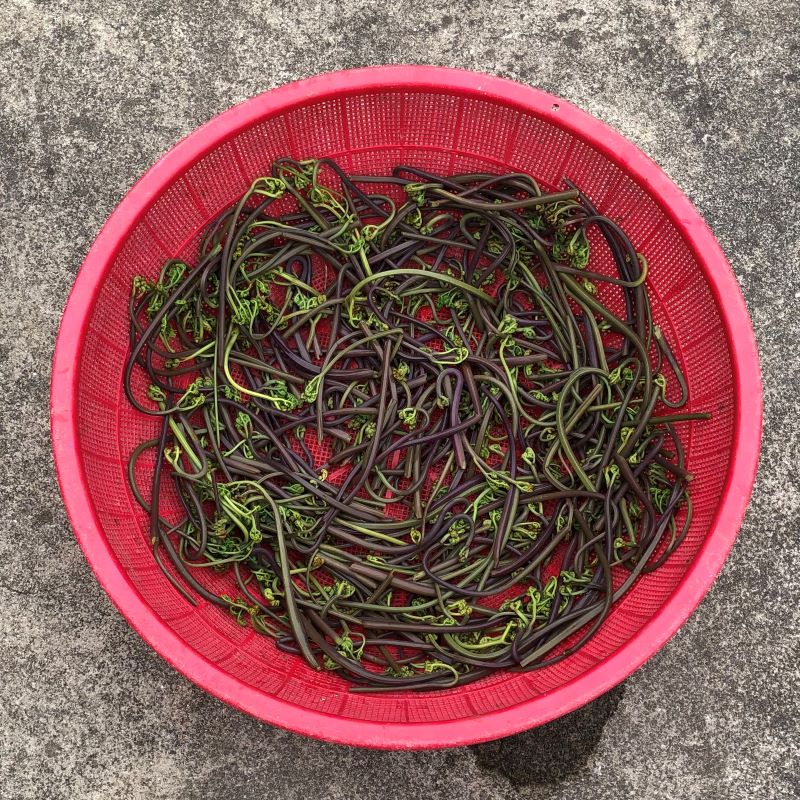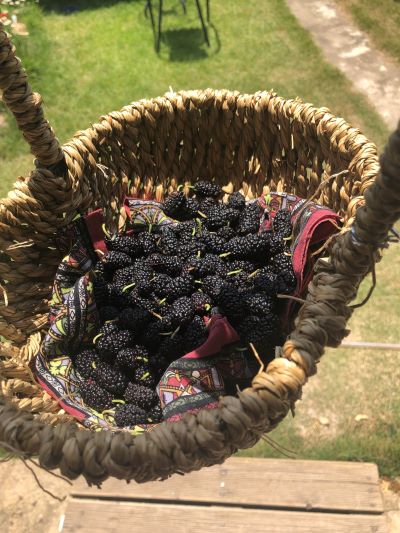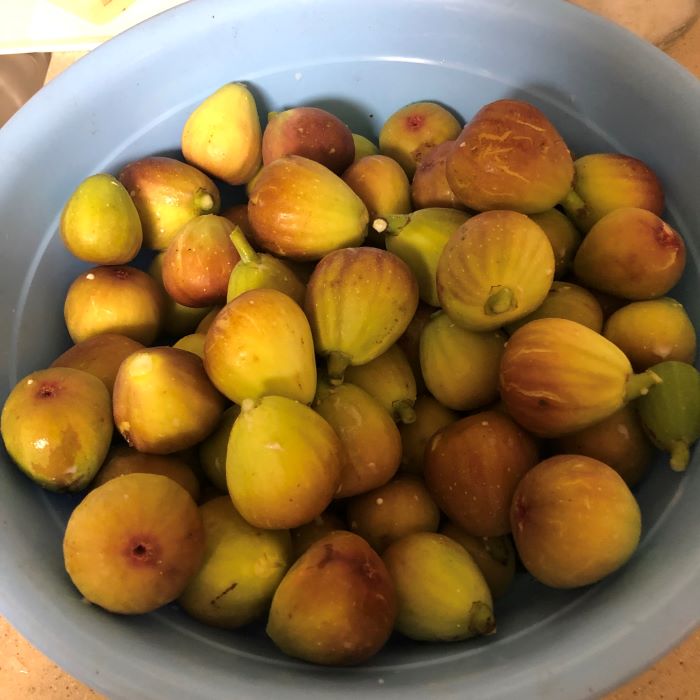Foraging Through the Seasons
By Grace Chun
While there are some that bemoan the length of winter, the appreciation that such winters build for the coming spring is unparalleled. The fact that spring miraculously comes when winter seems to have no end is a new experience for me. Growing up in Florida, and then moving to Hawaii for school, I did not experience the many changes of the four seasons. Florida goes from blisteringly hot and humid to drier and not so hot. Hawaii was pretty much eighty degrees and sunny every day. In moving to Gwangju in January of 2022, I finally experienced the four seasons in all their glory. With this experience, I also discovered the practice of foraging.
I define foraging as a practice of gathering plants for consumption. I had no experience foraging until I moved to Gwangju. My parents live in the countryside, and when spring came, I would enjoy running around our neighborhood through its many nooks and crannies. I would help maintain our family’s burial ground, and on the way there, my dad would always point out all the different types of trees and plants.

My mom mentioned that we could pick gosari (고사리), or bracken, by my family’s burial ground. However, other foragers beat us to it. We could not find any. I was not deterred, however. I was eager to go and find gosari elsewhere in our neighborhood.
My parents were wary of me wandering around remote parts of our neighborhood alone, so my magnae gomo (막내 고모), or youngest paternal aunt, came along. She led me to the places she grew up foraging. It was an honor to learn my family traditions that my aunt continued to practice. I felt more connected to my family and to Gwangju.
I hit the jackpot when one neighbor farmer took an interest in me. My mom, for some reason, gave her my phone number. I started getting weekly phone calls to come meet her. One such meeting included helping her water her watermelon seedlings. In exchange, she showed me where I could forage for more gosari.

Between this farmer’s watermelon fields was a stretch of sloped land that grew an abundance of gosari. I put on my headphones, turned on my current favorite podcast, and got to picking. You want to pick the ones that have not flowered yet. The ends need to still be curled up. At this point, I had no idea how to cook or eat the gosari I was picking, but it was such a joy to forage. I zoned out to my podcast and time flew by.
My aunt showed me how to lightly blanch the gosari in water and dry them in the sun. They shrink in size and weight, turning from a greenish brown color to a blackish brown color. After drying, it is best to store them in a dark, dry place until the fall or winter when you can rehydrate them to make muchim (무침, seasoned vegetables). Foraging for gosari was the highlight of my spring other than watching the five baby jebi (제비), or swallows, grow up in the nest in our roof.

When summer rolled around, my aunt let me know it was time to forage for odi (오디), or mulberries. I already knew where the odi namu (오디 나무, mulberry tree) was located. I saw it every time I walked to our family’s burial ground. Once I started seeing bluish-purple stains on the road by the odi namu, I was ready to pick. These berries were harder to pick than anticipated. I wanted to shake the tree and make the berries fall. However, when I tried, the berries were crushed. Unlike with gosari, much effort yielded little fruit. Nonetheless, it was delicious, and I savored every odi I picked. My parents are allergic, so I ate the small bounty by myself.

Right around the time as 추석 (Chuseok) in early fall, I learned that we have a muhwagwa namu (무화과 나무), a fig tree, in our backyard. I was ready to forage. At first, I accidentally picked slightly unripe figs. My aunt let me know to pick the ones that are bursting open, very soft when pressed, and darker in color. They are the most juicy and sweet. The leaves are very scratchy, so I learned quickly to dress in long pants and long sleeves when picking the figs. While much smaller than the figs in stores, the foraged figs were unmatched in taste.
The foraging for gosari, odi, and muhwagwa guided me through the spring, summer, and fall of Gwangju. Each season brought a gift from nature. I found the practice of foraging meditative and grounding, and I enjoyed how the changing of seasons helped mark the passage of time. So, when the winter chill feels never-ending, I remember the plants I foraged in my neighborhood this past year, and I am comforted that spring will come. And with spring comes the invitation to forage through the seasons again.
The Author
Grace Chun (전유리) has lived in Gwangju for a little over a year. She is a Korean American graduate student studying migration and borders. She enjoys farming with her dad, taking film photos, dabbling in coding, and running. Instagram: @gyc_photo







